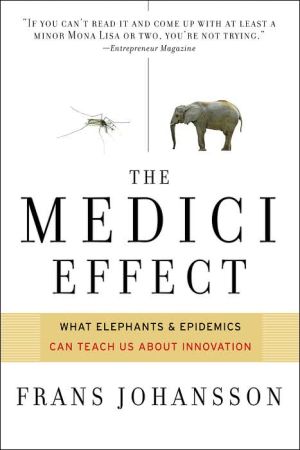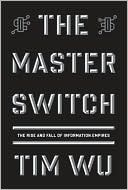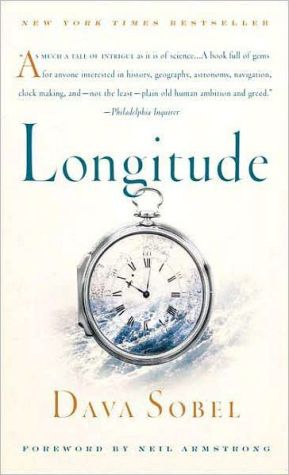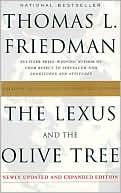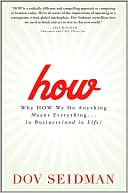Medici Effect: What Elephants and Epidemics Can Teach Us about Innovation
Why do so many world-changing insights come from people with little or no related experience? Charles Darwin was a geologist when he proposed the theory of evolution. And it was an astronomer who finally explained what happened to the dinosaurs.\ Frans Johansson’s The Medici Effect shows how breakthrough ideas most often occur when we bring concepts from one field into a new, unfamiliar territory, and offers examples how we can turn the ideas we discover into path-breaking innovations.
Search in google:
When the Medicis, a Florentine banking family of 15th century Italy, brought together a wide range of thinkers and artists under the patronage, they helped spark an explosion of knowledge and creativity known as the Renaissance. The author of this volume (written for a business audience) believes that it is possible to recreate this type of explosion by finding the "intersectional" ideas that cross between disciplines and cultures. By "stepping into the Intersection," entrepreneurs and others can find the innovative ideas that can lead to the "Medici Effect." Annotation ©2004 Book News, Inc., Portland, OR 23 September, 2004 - The Financial Times "...there is a good deal that managers can draw from this collection of ideas."
1The intersection - your best chance to innovate112The rise of intersections213Break down the barriers between fields354How to make the barriers fall455Randomly combine concepts616How to find the combinations737Ignite an explosion of ideas898How to capture the explosion1039Execute past your failures11910How to succeed in the face of failure12711Break out of your network14312How to leave the network behind15313Take risks and overcome fear16114How to adopt a balanced view of risk17115Step into the intersection183
\ The Financial Times"...there is a good deal that managers can draw from this collection of ideas."\ —23 September, 2004\ \ \ \ \ Publishers WeeklyJohansson, founder and former CEO of an enterprise software company, argues that innovations occur when people see beyond their expertise and approach situations actively, with an eye toward putting available materials together in new combinations. Because of ions, "the movement of people, the convergence of science, and the leap of computation," a wide range of materials available for new, recontextualized uses is becoming a norm rather than an exception, much as the Medici family of Renaissance Italy's patronage helped develop European arts and culture. For cases in point, Johansson profiles, among others, Marcus Samuelsson, the acclaimed chef at New York's Aquavit. An Ethiopian orphan, Samuelsson was adopted by a Swedish family, with whom he traveled widely, enabling him to develop the restaurant's unique and innovative menu. (Less familiar innovators include a medical resident who, nearly assaulted by an emergency room patient she was treating, developed outreach programs designed to prevent teen violence.) Chapters admonish readers to "Randomly Combine Concepts" and "Ignite an Explosion of Ideas." Less focused on innovations within a corporate setting than on individual achievements, and more concerned with self-starting and goal-setting than teamwork, Johansson's book offers a clear enough set of concepts for plugging in the specifics of one's own setting and expertise. But don't expect the book to tell you where to get the money for prototypes or production. (Sept. 21) Copyright 2004 Reed Business Information.\ \ \ Soundview Executive Book SummariesBreakthrough Insights at The Intersection of Ideas\ The "intersection" is the place where different cultures, domains and disciplines stream together toward a single point. According to entrepreneur and consultant Frans Johansson, the intersection is the point where established concepts meet, connect, clash and combine; where remarkable innovations are created; and where new, groundbreaking ideas emerge. In The Medici Effect, Johansson explores intersections in business, science, art and politics, and shows us through vivid examples how we can find them and turn the ideas we find there into breakthrough innovations. \ Johansson refers to the explosion of innovations that takes place at the intersection as "the Medici effect," referencing the amazing burst of creativity that was enabled by the Medici banking family during the Italian Renaissance. The Medicis were a family in Florence that funded creators from a wide range of disciplines. They were the reason that sculptors, scientists, poets, philosophers, financiers, painters and architects flocked to Florence and learned from each other, breaking down the barriers that once stood between their disciplines and cultures. Together, these artists created a new world based on new ideas. As a result, Florence became the epicenter of one of the most innovative eras in history whose effects are still being felt today.\ Johansson writes that when you "step into an intersection of fields, disciplines or cultures, you can combine existing concepts into a large number of extraordinary new ideas." He explains that we can create the Medici effect today by bringing together different disciplines and cultures and discovering the places where they connect.\ Sea Urchin Sausage\ As one of his many examples of innovators who have been to the intersection and succeeded by breaking down barriers, Johansson points to chef Marcus Samuelsson. Newly hired Samuelsson was temporarily put in charge of the Swedish Aquavit restaurant in New York City when its executive chef died suddenly of a heart attack.\ At the time of his promotion, the restaurant had one respectable star from the New York Times. Three months after he took over and began introducing innovative new dishes that were based on unique combinations of foods from all over the world, the restaurant received a rare three-star review. Samuelsson's menu at Aquavit included: caramelized lobster, seaweed pasta, sea urchin sausage and cauliflower sauce, gravlax and tandoori smoked salmon, bell pepper and raspberry sorbet, and lemon grass yogurt. By using Swedish culinary building blocks - lobster and raspberry sorbet - and infusing them with many very un-Swedish ingredients - lemon grass, tandoori spices, and seaweed pasta - Samuelsson has become one of America's leading chefs.\ Low Associative Barriers\ Johansson writes that Samuelsson has low associative barriers, which allows him to easily connect different concepts across fields. Johansson explains that researchers have long suspected that the associative barriers that inhibit our ability to think broadly are responsible for inhibiting creativity. "Samuelsson looks for related concepts in distant places and unexpected areas of cooking and tries to reconcile these far-flung ideas into recipes," Johansson writes. By breaking down associative barriers between fields of cooking, his ideas stretch exponentially farther.\ Throughout The Medici Effect, Johansson examines the intersections created by many other innovators, such as the architect who used termite technology to cool a building without air conditioning in Zimbabwe, and reveals numerous creative insights by describing the mental processes that went into their breakthroughs.\ Why We Like This Book\ The Medici Effect journeys into the fascinating world of modern trailblazers and shows us where and how discoveries are born. By revealing the intersections in our own lives and how we can tap into them to expand our creative thinking, Johansson provides thoughtful ways to increase the number and types of intersections we use, and helps us re-examine innovation, success and risk. Copyright © 2004 Soundview Executive Book Summaries\ \ \
